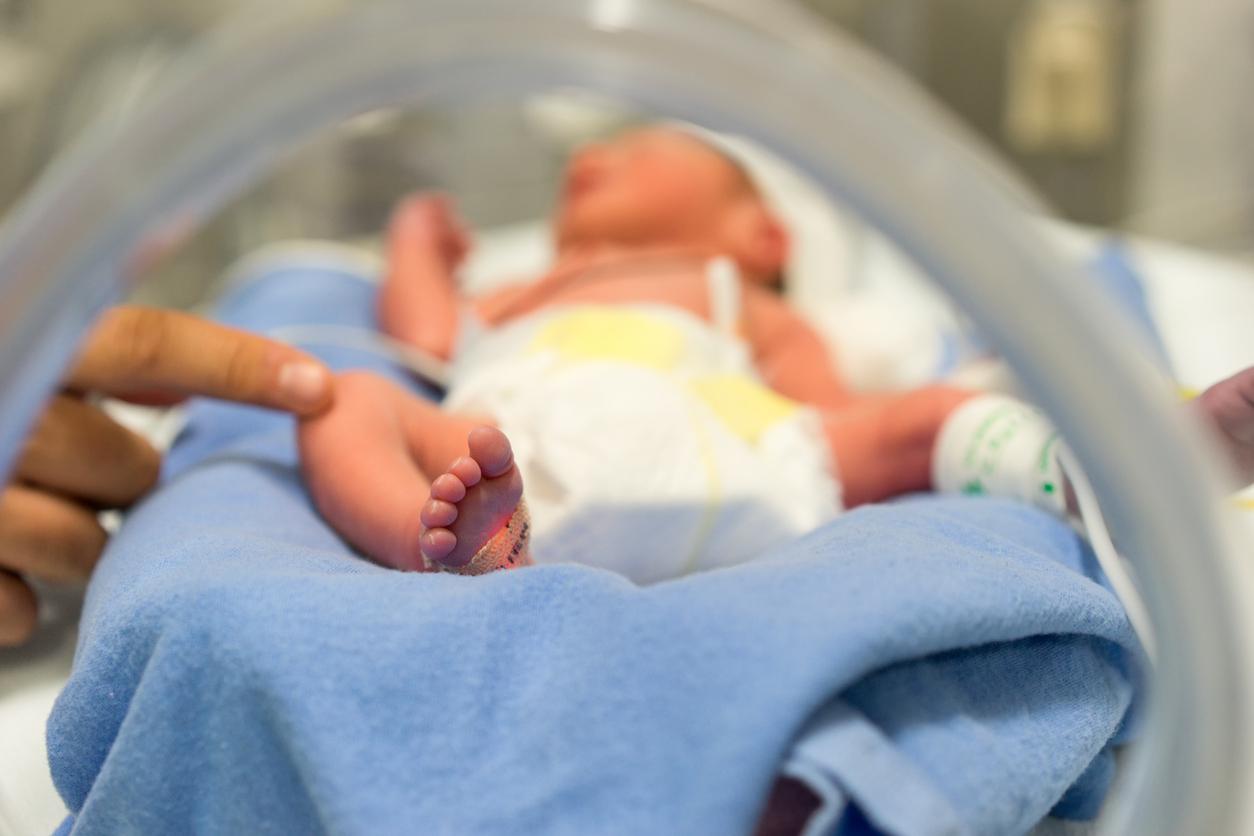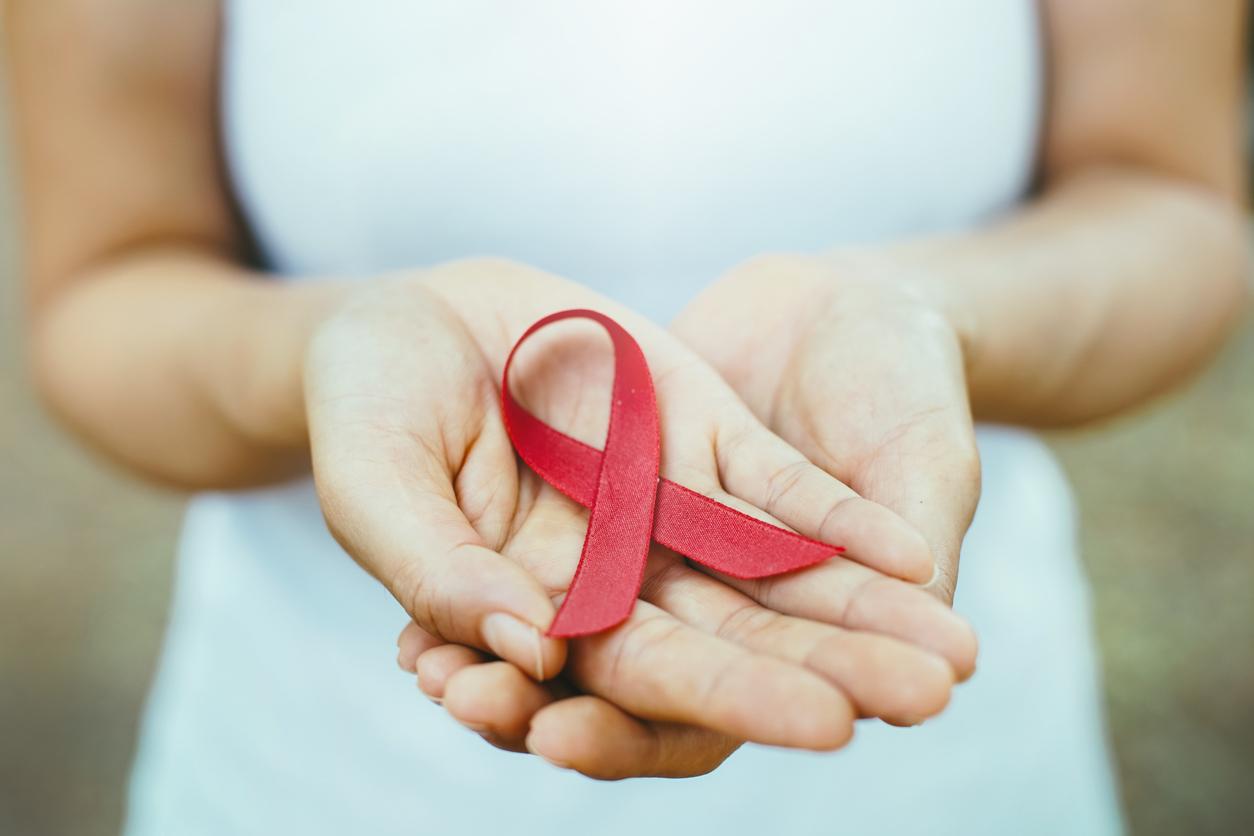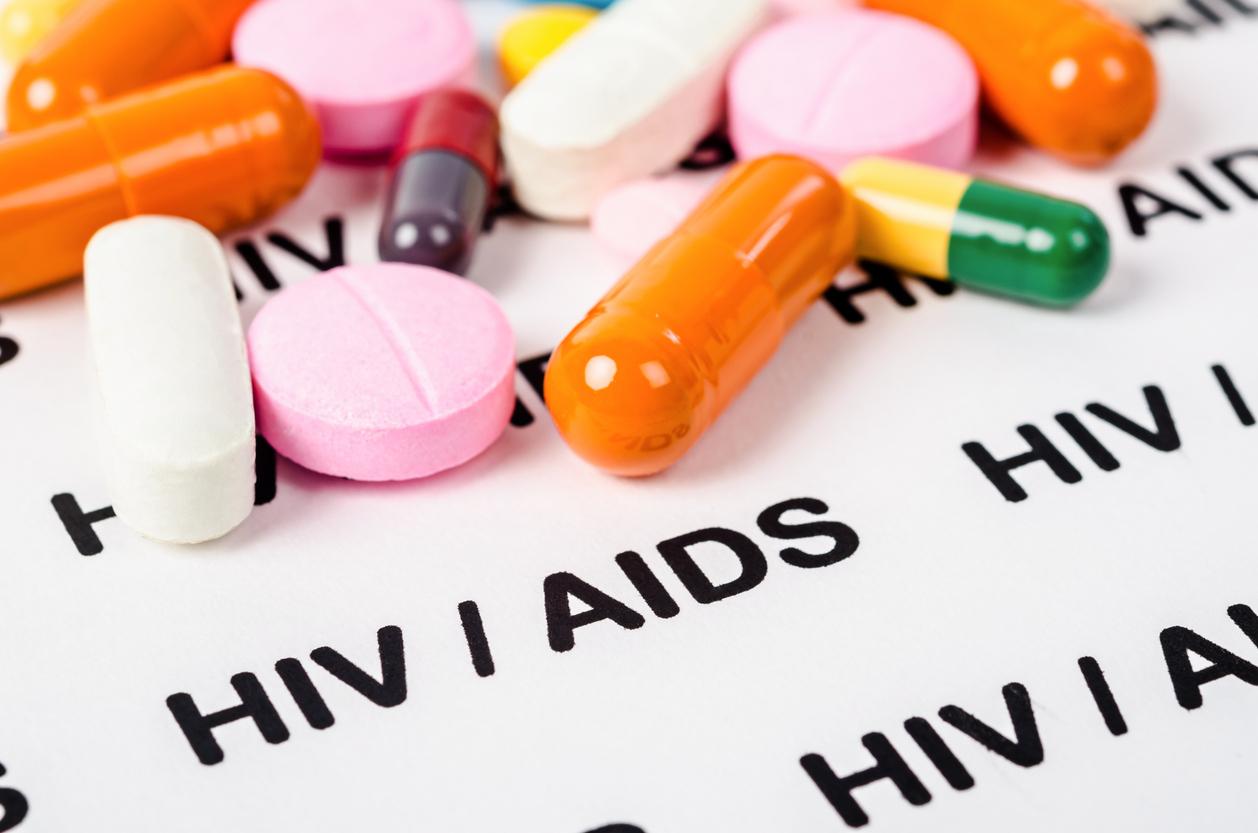Transgender people have a risk of death twice as high as cisgender people. Depending on the sex, the causes would be different.

- The higher risk of mortality in transgender people is based on different causes depending on whether they are men or women
- AIDS and suicides partly explain this excess mortality
In February 2010, France was the first country in the world to no longer consider transsexualism as a mental illness. The Ministry of Health at the time, represented by Roselyne Bachelot, then published a decree in the Official Journal which removed “early gender identity disorders” from the list of psychiatric conditions. A transgender – or trans – person can be defined as an individual whose gender expression and/or gender identity does not correspond to the male/female binary system. Some have a third gender, others do not identify with any gender or, conversely, with several. When transgender people want to physically distance themselves from their birth gender, they can take hormonal treatments in order to have, for example, more masculine characteristics – beards, hair in certain places, etc. – for a woman and vice versa for men.
Suicide: Among the leading causes of death among transgender men
According to a study published in the journal The Lancet Diabetes & Endocrinology, the risk of mortality among transgender people would be twice as high as among cisgender people, that is to say individuals whose gender corresponds to the sex with which they were born. To reach this result, the authors studied data from 4,568 individuals – 2,927 transgender women and 1,641 transgender men – who received hormone treatment in the Netherlands between 1972 and 2018, a period of almost 50 years. According to their findings, transgender women are more likely to die of cardiovascular diseases (including heart attacks) or HIV-related diseases, lung cancer or even suicide. Among transgender men, the leading causes of death are suicide and other unnatural causes not specified in the study. On the other hand, taking hormonal treatment has no link with increased mortality. “Gender-affirming hormone therapy is considered safe and most causes of death in the cohort were unrelated to itsays Martin den Heijer, one of the authors. However, as there is currently insufficient evidence to determine their long-term safety, further research will be needed to establish with certainty their impact, in any way, on mortality risk for transgender people. “.
A high mortality risk among transgender people that has persisted for decades
” The results of our large national study highlight a significantly increased mortality risk in transgender people that has persisted for decadesbelieves Martin den Heijer. Greater social acceptance, as well as monitoring and treatment of cardiovascular disease, smoking and HIV will continue to be important factors that can help reduce the risk of mortality among transgender people. “. The average age at the start of hormone treatment for the transgender people whose data were studied by the researchers was 30 years in transgender women and 23 years in transgender men, with an average duration of follow-up which was respectively eleven years. and five years. In total, during follow-up, 10.8% of transgender women – or 317 – and 2.7% of transgender men – or 44 – died. Overall mortality was therefore 628 deaths per 100,000 people per year.
“Most HIV-related suicides and deaths occurred in the first decades”
According to the authors, the mortality risk was almost twice as high in transgender women compared to cisgender men and almost three times higher compared to cisgender women. Among transgender men, the risk was similar to that of cisgender men but nearly double that of cisgender women. ” We found that most suicides and HIV-related deaths occurred in the first decades we studied, suggesting that greater social acceptance and improved treatments for HIV that may have played a important role in reducing deaths from these causes among transgender people in recent years », emphasizes Christel de Blok, one of the authors. However, some limitations qualify the results of this study. First of all, certain risk factors that may have affected mortality may not have been taken into account. On the other hand, as there were few deaths over the period studied, the analysis of the causes is, in fact, limited.
Bisexuals are more likely to suffer from asthma
Another one study, recently published in the journal Annals of the American Thoracic Societyalso estimates that bisexual American adults are twice as likely to suffer from asthma as heterosexuals. In detail, 29% of the first declared suffering from a lung disease against 14 % for the others. To arrive at this result, the authors analyzed data from 12,209 people. “Higher levels of discrimination experienced by bisexual people could lead to more stress (…) which would worsen asthma“, explains Jason Nagata, one of the authors. Bisexual adults have been shown to have worse health outcomes, both physical and mental, and with this study we also show differences for asthma and other lung diseases.”. This work also found that people who identified as primarily heterosexual had higher rates of asthma than those who identified as exclusively heterosexual. “Health professionals, social workers and clinicians need to be aware of these sexual orientation disparitiesunderlines Kyle T. Ganson, one of the authors. There is a need to provide appropriate and tailored care to address these disparities”.
.
















